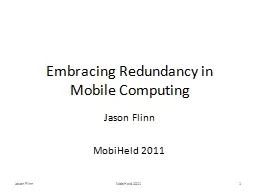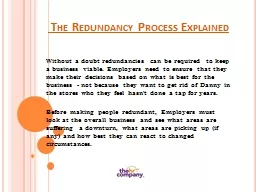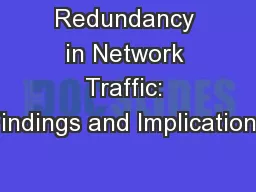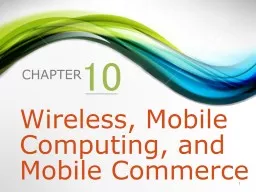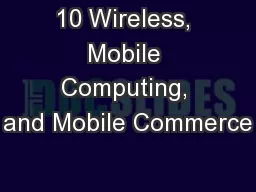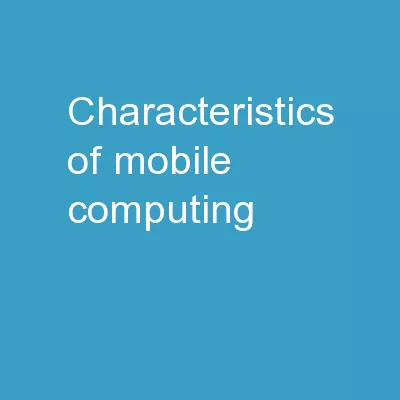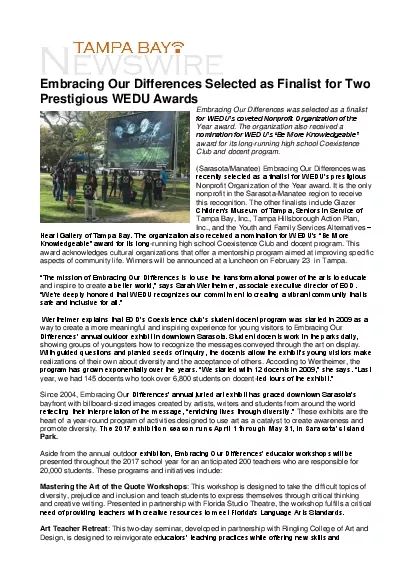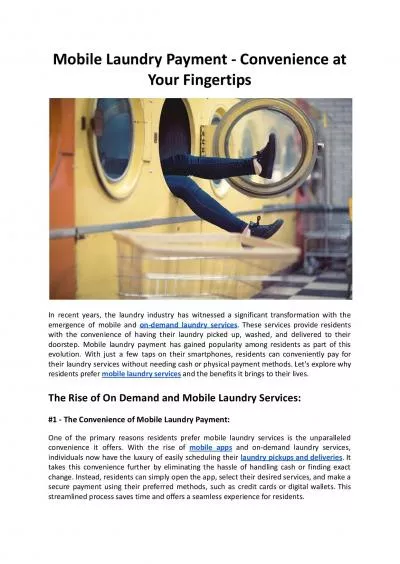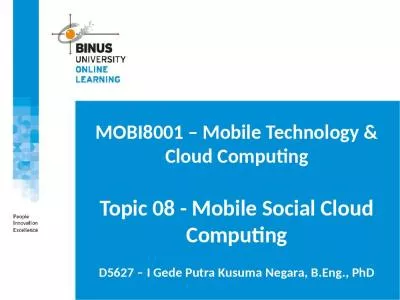PPT-Embracing Redundancy in Mobile Computing
Author : mitsue-stanley | Published Date : 2019-03-12
Jason Flinn MobiHeld 2011 Jason Flinn 1 MobiHeld 2011 Game plan A bit of a rant about mobile system design Motivated by difficulties deploying successful research
Presentation Embed Code
Download Presentation
Download Presentation The PPT/PDF document "Embracing Redundancy in Mobile Computing" is the property of its rightful owner. Permission is granted to download and print the materials on this website for personal, non-commercial use only, and to display it on your personal computer provided you do not modify the materials and that you retain all copyright notices contained in the materials. By downloading content from our website, you accept the terms of this agreement.
Embracing Redundancy in Mobile Computing: Transcript
Download Rules Of Document
"Embracing Redundancy in Mobile Computing"The content belongs to its owner. You may download and print it for personal use, without modification, and keep all copyright notices. By downloading, you agree to these terms.
Related Documents

